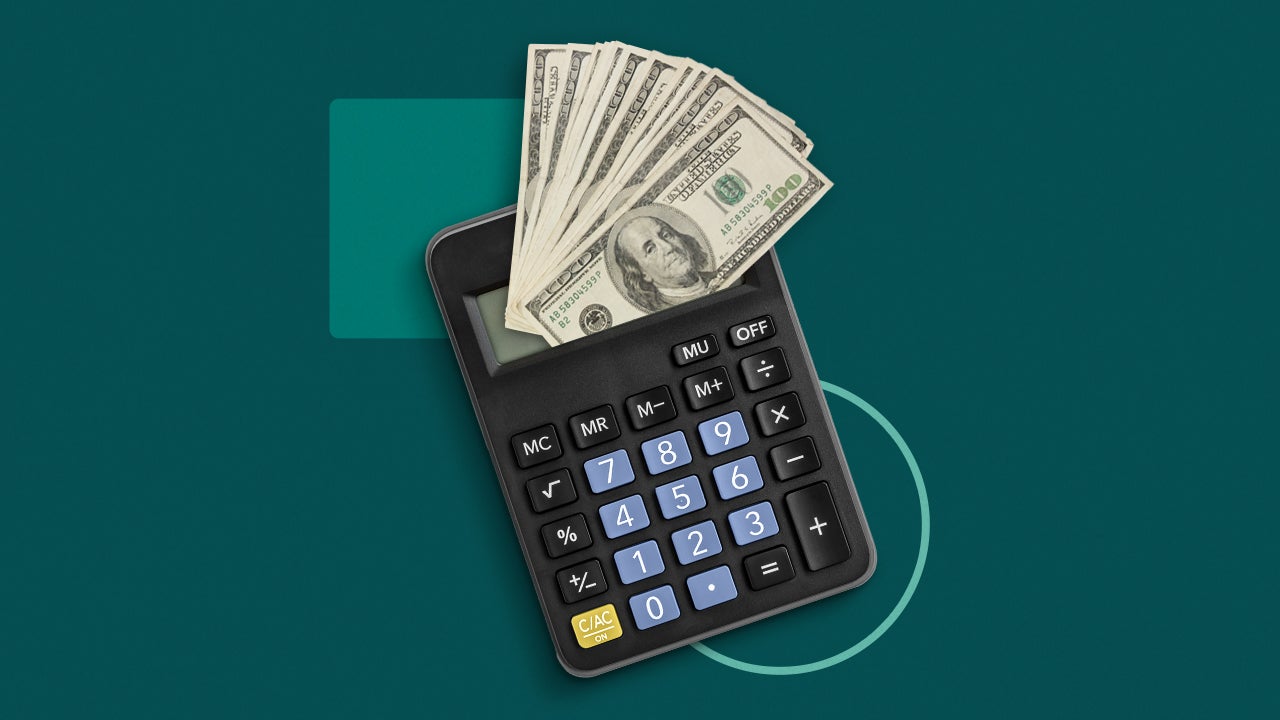What is the average personal loan interest rate?




Key takeaways
- The current average personal loan interest rate is 12.37%.
- Excellent credit results in the lowest rates — and poor credit may have rates over 30%.
- Other aspects of your finances, like DTI and income, affect the rate you’re offered.
- Compare lenders to ensure you get the most competitive rate for your financial situation.
According to Bankrate’s weekly Bankrate Monitor survey of major U.S. banks, the average personal loan interest rate is 12.37 percent as of March 26, 2025. The rate you get depends on factors like your credit score, the type of lender you apply with and even where you live. Follow personal loan rate trends and compare lenders to score a competitive rate.
What is considered a good interest rate on a personal loan?
A good interest rate on a personal loan is anything lower than the market’s average rate. But a good rate for you depends on your credit score. For example, if you have excellent credit, a rate below 11 percent would be considered good, while 12.5 percent would be less competitive.
To improve your odds of getting a good rate, pay your credit accounts on time, keep credit card usage to a minimum and avoid opening too many new accounts. Always check your rates with at least three different lenders to get the best terms.
Average personal loan interest rates by lender type
Local banks and credit unions tend to offer rate specials and fee discounts for their customers or members. However, online lenders specializing in personal loans frequently offer the lowest rates for excellent credit.
To find the best deal, compare your bank or credit union’s offerings with any online lenders you may be familiar with and prequalify with multiple lenders if possible.
Average personal loan interest rates by online lender
| Online lender | Loan interest rates |
|---|---|
| Achieve | 8.99%-29.99% |
| Avant | 9.95%-35.99% |
| Best Egg | 6.99%-35.99% |
| Happy Money | 8.95%-17.48% |
| LendingClub | 7.90%-35.99% |
| LendingPoint | 7.99%-35.99% |
| LightStream | 6.99%-25.29%* with autopay |
| OneMain Financial | 18.00%-35.99% |
| Prosper | 8.99%-35.99% |
| SoFi | 8.99%-29.49% with autopay |
| Upgrade | 7.99%-35.99%with autopay |
| Upstart | 6.70%-35.99% |
Average personal loan interest rates by banks
| Bank | Loan interest rates |
|---|---|
| Citi | 11.49%-20.49% |
| M&T Bank | 7.99%-14.19% |
| TD Bank | 8.99%-23.99% |
| Santander Bank | 7.99%-24.99% |
| U.S. Bank | 7.99%-24.99% with autopay |
| Wells Fargo | 6.99%-24.49% with autopay |
| USAA | 9.99%-18.51% |
Average personal loan interest rates by credit union
| Credit union | Loan interest rates |
|---|---|
| PenFed Credit Union | 8.99%-17.99% |
| Municipal Credit Union | 7.99%-17.99% |
| Navy Federal Credit Union | 8.99%-18.00% |
Other factors that affect your personal loan rate
Your credit score plays the biggest role in the personal loan interest rate you can qualify for. Lenders consider other details to gauge your creditworthiness and, by extension, features you may qualify for. The factors evaluated often include:
- Your income. Some lenders offer discounted rates for high incomes. You’ll need to earn significantly more than the average person to qualify for the highest personal loan amounts.
- Your debt-to-income (DTI) ratio. Lenders measure how much of your current income is put toward debt. A low DTI ratio may get you a lower APR.
- Your loan term. You’ll typically get a lower rate for a shorter term. However, a short term equals a higher monthly cost, so check your budget to ensure the payment is affordable.
- Your loan amount. Some lenders offer lower rates for more significant loan amounts. The other side is also true — you may have to pay higher rates for smaller amounts.
- Your banking relationship. Banks and credit unions may offer discounts if you also have a checking account with them.
- Where you live. You may be stuck with a higher rate because of the state you live in.
- Your employment history. Because personal loans are unsecured, lenders deep dive into your work history to make sure your work has been stable with regular earnings.
When you apply for a personal loan you can expect to provide documentation, including:
- Photo ID.
- Employment contact information.
- Income verification, like pay stubs and bank statements.
- Proof of address.
Why different lenders charge different personal loan rates
Personal loan companies set their rates based on the kind of borrowers they want to lend to. You’ll often find much lower rates at online lenders that cater to high-earning, excellent credit borrowers.
Banks and credit unions may offer lower rates to their existing customers, especially if they have significant balances in deposit accounts like checking and savings. That means you should still shop around for low rates if you have fair or bad credit.
Bad credit lender rates can vary significantly, and some may approve you based on other factors like how long you’ve worked at your job or what type of work you do. Lenders that offer terms shorter than the 24-month standard may also offer rock-bottom rates if you qualify for the higher monthly payment.
How are average personal loan interest rates trending?
Average personal loan rates began rising in March 2022 when the Fed announced its first of several rate hikes aimed at cooling off inflation. Despite forecasts for lower overall rates in 2024, average personal loan rates continued rising throughout the year’s first and second quarters, seemingly peaking in October.
Unfortunately, even with Fed cuts in September, November and December, a weakening economy and the Fed’s caution around dropping rates further could keep consumer borrowing rates high. The central bank held the target interest rate steady in March 2025, signaling continued caution. Personal loans are more closely tied to the consumer’s health, and a soft economy could lead to unemployment or reduced worker hours, causing personal loan lenders to steady rates. Those with excellent credit may see rates drop slightly regardless.
Bottom line
When considering a personal loan, check average interest rates as a starting point. Your credit score, the type of lender you choose, and even your location can all impact the rate you ultimately qualify for. Always compare rates from multiple lenders, and take steps to improve your credit score to get the best possible interest rate.





